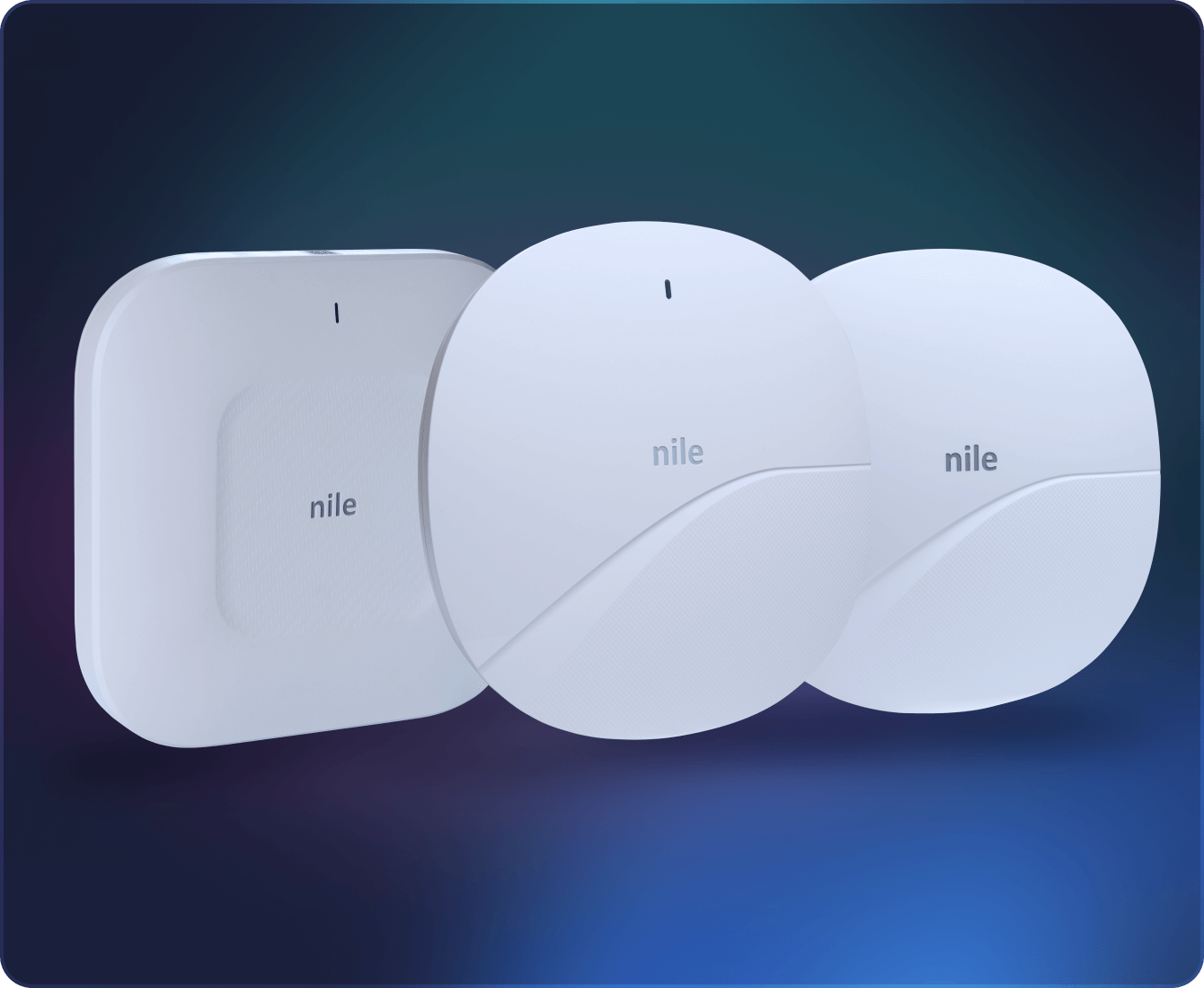Cloud-managed DHCP involves providing a centralized cloud-based DHCP management server to push configurations to the different DHCP nodes. This model reduces the burden of hardware management for DHCP managers, offers scalability, and enables remote accessibility. However, on-premises DHCP nodes are still required. They communicate with the cloud-based management platform to get the remote configuration of DHCP policies and options to be able to handle DHCP requests within the organization’s network. The specification of the hardware or virtual appliances necessary to scale, along with managing and designing an effective fault-tolerant and highly-available DHCP program still falls completely on the organization.
Cloud DHCP
Cloud DHCP is a cloud-based service designed to eliminate on-premises infrastructure requirements. This model utilizes cloud hosting for both management and local control nodes necessary for use cases like in a multi-site network. Organizations may streamline global DHCP operations and management without reliance on physical infrastructure.
Adopting a comprehensive cloud DHCP
Organizations face increasing challenges in managing their networks due to growing complexities, various IT burdens, and constrained resources. These include managing new and legacy technologies, ensuring network security and compliance, and juggling multiple responsibilities. In this context, adopting a cloud DHCP service with zero on-premises infrastructure becomes crucial. This shift to the cloud also enables the overall IT architecture to be simplified, offloading much of the burden of DHCP management, and alleviating the strain on their IT teams to help them re-allocate their resources to projects more directly related to the core business.
Core benefits of cloud-delivered DHCP
- Simplified Operations
- Agility and Scalability
- High availability
- Native security
5 Critical Requirements for Cloud DHCP
The five design principles of zero on-premises infrastructure, native security, highly fault-tolerant system design, high availability, and high scalability contribute to achieving operational simplicity. These principles simplify DHCP management, helping remove some of the many burdens IT teams are responsible for.
Zero infrastructure service design
Cloud DHCP should eliminate the need for on-site equipment, making it easier and more cost-effective to manage. With no physical infrastructure to install or maintain, organizations can enjoy the benefits of DHCP without the complexities of on-premises hardware.
Native security
Cloud DHCP prioritizes built-in security measures. By integrating security directly into the service’s design, organizations can ensure that their network remains protected against potential threats and vulnerabilities. Native security features like always-on encryption for every DHCP traffic help safeguard data and protection against rogue DHCP servers maintaining a secure environment for seamless connectivity.
High resiliency and redundancy
Cloud DHCP should have a robust design that ensures that even if there are server issues or failures, the DHCP service will continue to function, providing uninterrupted network access.
High availability
With cloud DHCP, high availability is a critical design component. This means that the service needs to be accessible and operational at all times, so devices can always connect to it and get the IP settings they need to communicate with the network and the internet.
High scalability
High scalability is another critical design principle to enable organizations to easily accommodate the growth of their network. As the number of devices and users increases, the service can seamlessly scale up to meet the demand, ensuring that every device can obtain an IP address and connect to the network without any performance issues.








